Market Analysis
In-depth Analysis of Smart Elevator Market Industry Landscape
Technological advances and a focus on building efficiency and sustainability are changing the smart elevator business. Smart elevator technologies have been popular in recent years, turning vertical transportation systems into sophisticated and intelligent solutions. The demand for energy-efficient and eco-friendly buildings, urbanization trends, and the requirement for improved vertical transportation security and convenience affect the smart elevator industry.
The global focus on sustainable and energy-efficient building drives the smart elevator market. Building owners and developers want smart elevator systems that conserve energy as environmental consciousness grows and carbon footprints are reduced. Smart elevators optimize energy use using regenerative drives, energy-efficient lighting, and innovative control systems. Smart elevators are essential to sustainable urban development because to its green building alignment.
Urbanization also affects smart elevator market dynamics. Skyscrapers are in demand as cities grow worldwide. Smart elevators help towering buildings manage vertical transit faster and smarter. Smart elevators' capacity to adapt to complicated urban surroundings makes them popular in residential and commercial buildings.
Security and convenience drive smart elevator adoption. Smart elevators improve security and user experience with biometric authentication, destination dispatch systems, and touchless controls. After COVID-19, hygiene and safety concerns have pushed the introduction of contactless technology, making touchless controls vital. These features improve safety and meet changing building tenant expectations.
Interconnectivity and the IoT are driving smart elevator industry dynamics. IoT lets smart elevators collect and analyze data in real time for predictive maintenance, remote monitoring, and performance enhancement. This link improves elevator performance and gives building management systems vital knowledge. The ability to interact with smart building platforms and automation systems makes smart elevators essential to smart city infrastructure.
Sustainability, urbanization, security, convenience, and IoT technology drive smart elevator industry dynamics. As demand for intelligent and efficient vertical transportation solutions rises, the smart elevator industry will grow and innovate. The building industry's use of smart elevator systems will shape vertical transportation's future as smart cities and environmental consciousness grow.

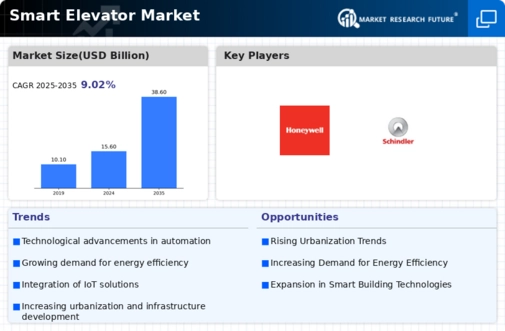

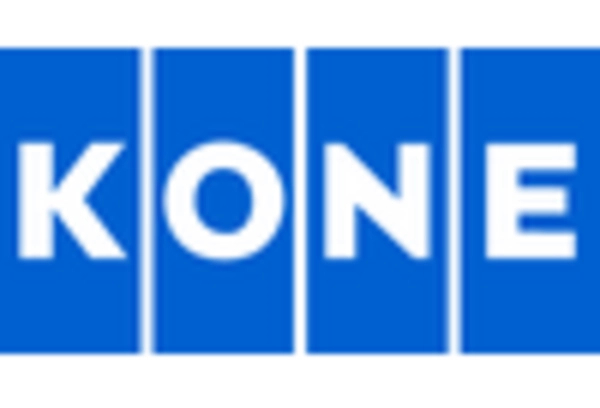
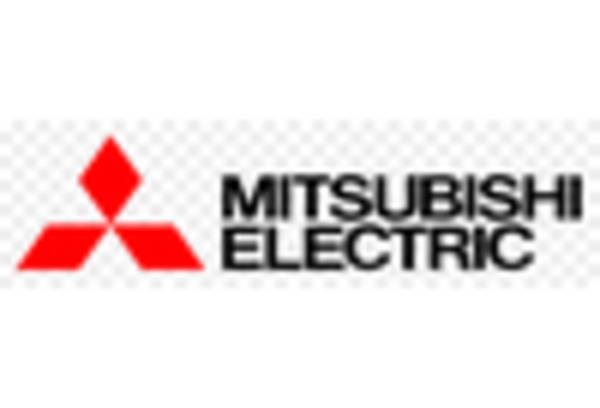
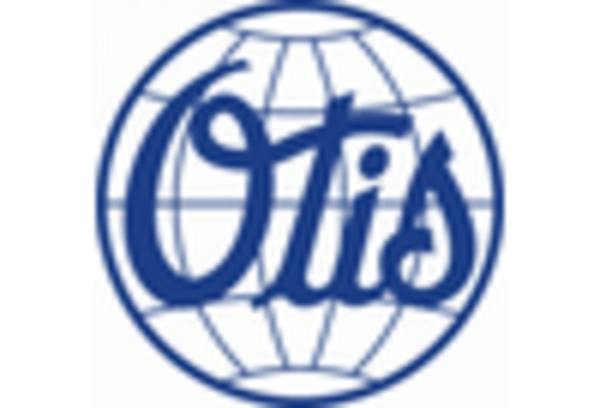
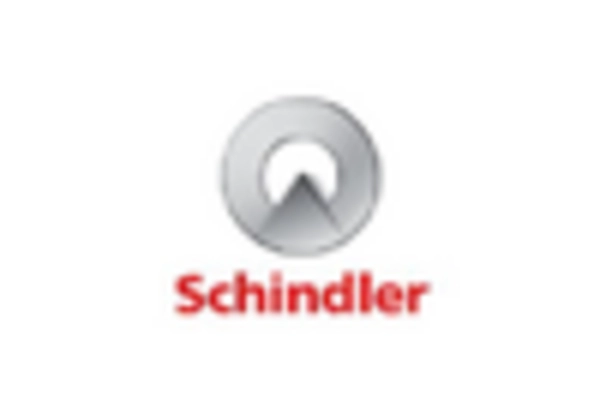
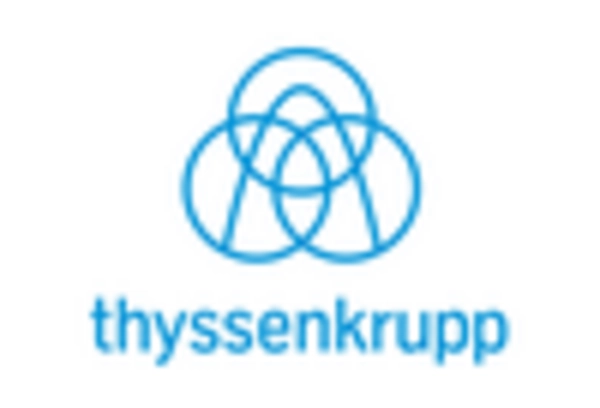









Leave a Comment